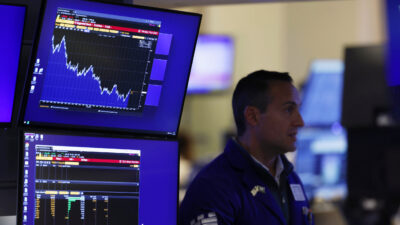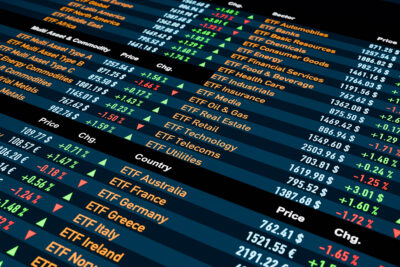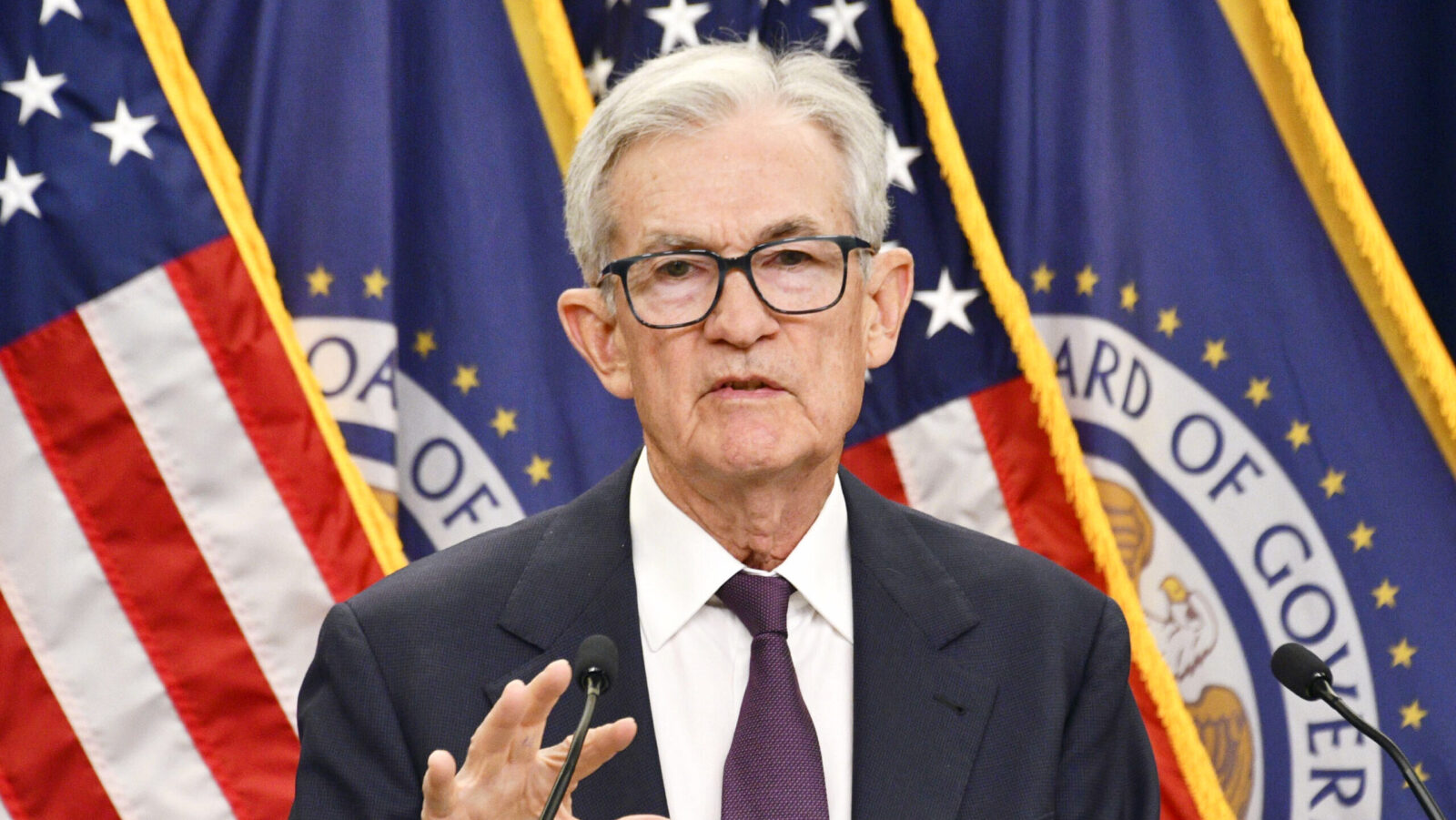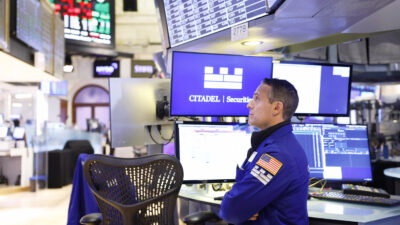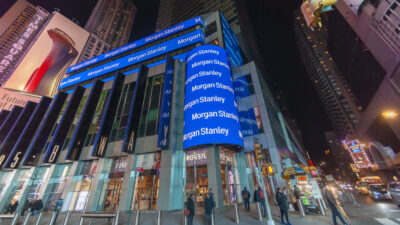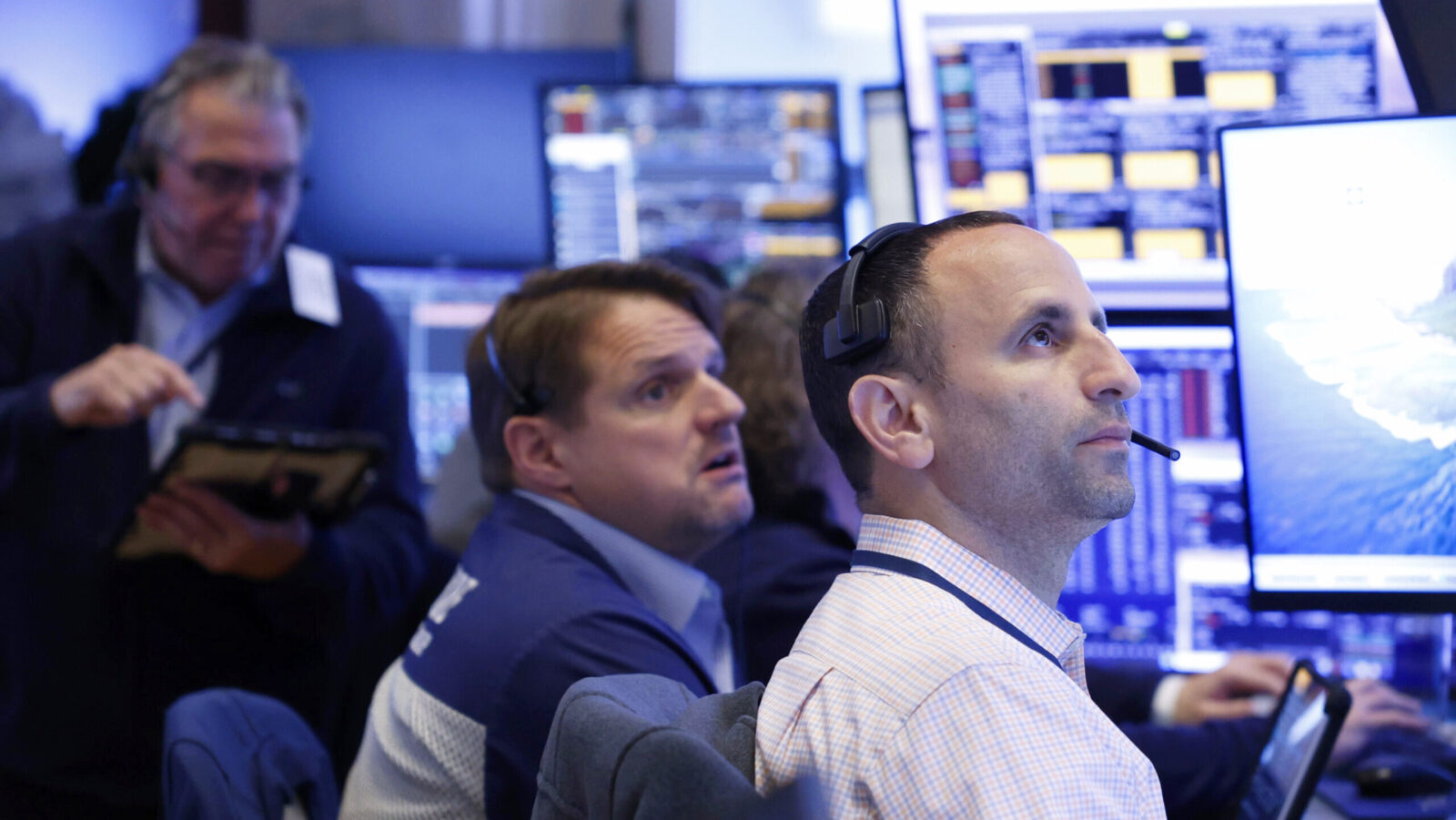Fine Print: ETFs Born in Banner Year May Lack Staying Power
Issuers are pumping out funds to meet investor demand, but there’s a growing risk that many of the new ETFs will have short shelf lives.
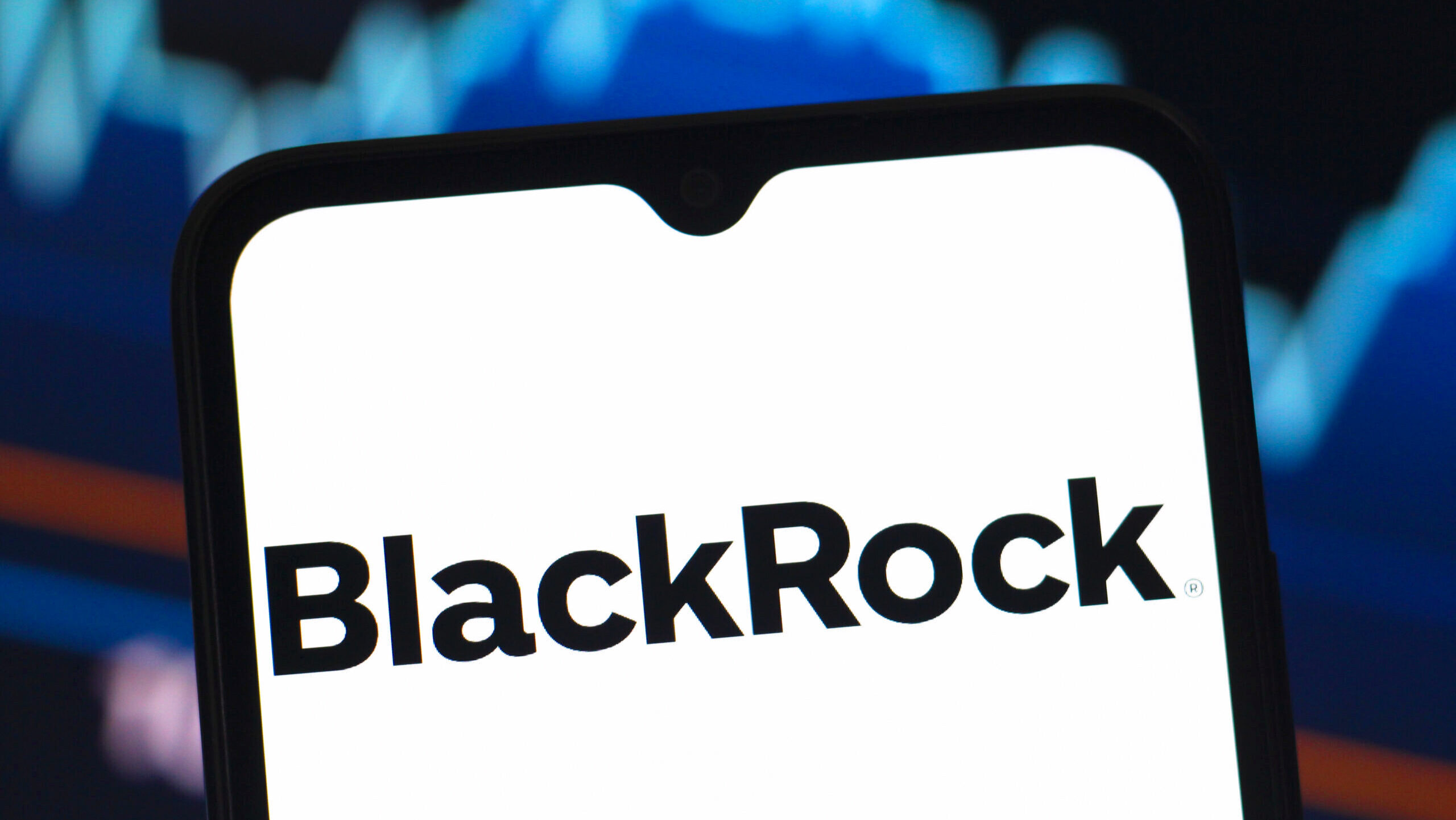
Sign up for smart news, insights, and analysis on the biggest financial stories of the day.
From leveraged funds that invest only in Robinhood to products built to combat anti-semitism, exchange-traded funds are having a banner year.
ETFs — investment vehicles known for their low costs, tax efficiencies and transparency — had collected $540 billion in new money, and issuers had launched 464 new funds, through the first six months of 2025, according to market researcher Morningstar. The industry is on track to launch a record 726 funds by the end of the year.
Issuers are pumping out funds to meet investor demand, but there’s a growing risk that many of the new ETFs will have short shelf lives because they serve very specific purposes or incorporate traditionally niche investing strategies.
“If that purpose falls out of favor and assets dwindle, it may be difficult for the ETF sponsor to keep the lights on,” said Zachary Evens, Morningstar research analyst. “As the space gets saturated, only a relative few will likely see sustained success.”
Fund on the Bun
Low-cost funds with broad market exposure typically have the most assets under management and are the most popular with new investors. However, so few of them have launched this year that they’re almost being seen as novel in the current ETF landscape. “Perhaps Vanguard and [Charles] Schwab’s continued push into very-low-cost bond strategies is unique amongst the sea of leveraged, covered call and buffer ETF launches,” Evens told The Daily Upside.
The Morningstar data showed:
- First Trust, BlackRock’s iShares and Graniteshares were among the top issuers in the first half of 2025, launching 23, 20 and 19 funds, respectively.
- Plenty of the new ETFs have also been fairly costly. The average expense ratio of 2025 ETF launches is 0.74%, much higher than all ETFs’ average expense ratio of 0.6%.
Active-ish: Many ETFs launched this year are being labeled as “active,” meaning a fund manager is at the helm, regularly making investment decisions in the hopes of outperforming a benchmark instead of just mirroring it. That title is a bit of a misnomer, however, as some of those funds are more reliant on algorithms than traditional discretionary strategies, Evens said. They’re only being called active because they don’t track an index.
“Managers essentially have a formula for how to execute a strategy, removing much of the judgement or discretion associated with traditional stock-picking funds,” he said.

